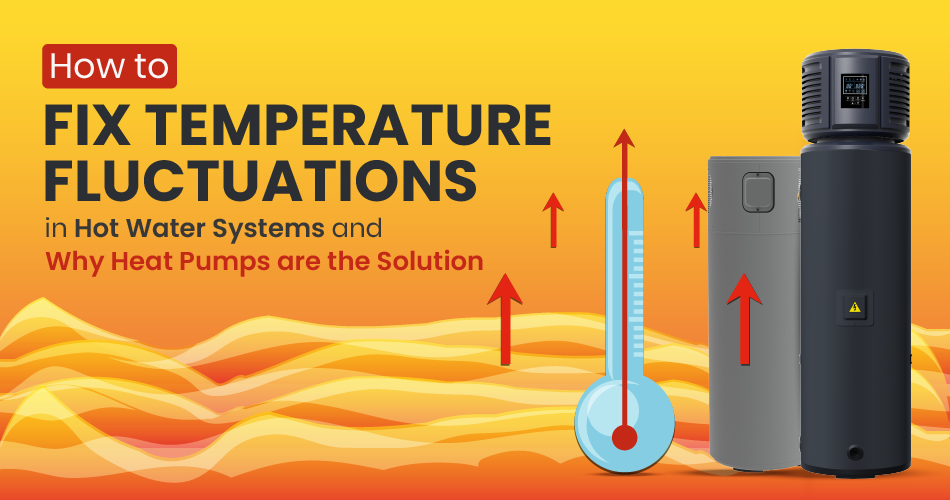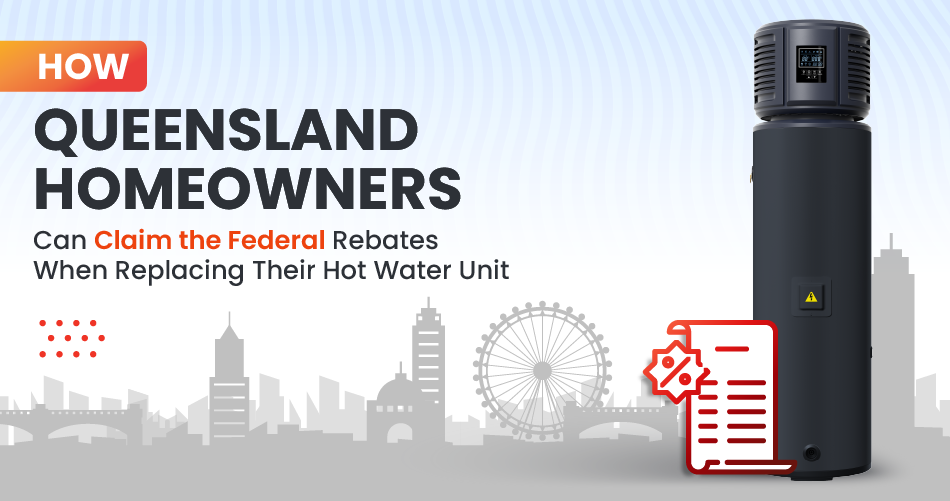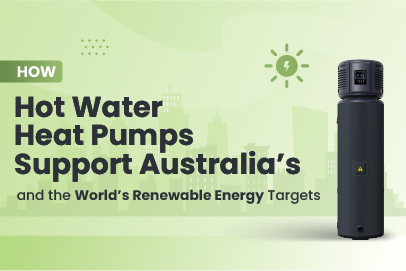Hot water systems are a vital part of any household, providing the comfort of hot showers and efficient water heating for various tasks. However, one common problem faced by homeowners is hot water heater temperature fluctuation.
These inconsistencies can disrupt daily routines and even lead to higher energy bills. Now we'll explore the causes of temperature fluctuations in different hot water systems, the preventative measures you can take, and why a consistent hot water solution like heat pumps is the ultimate fix.
Types of Hot Water Systems and Temperature Fluctuation Issues
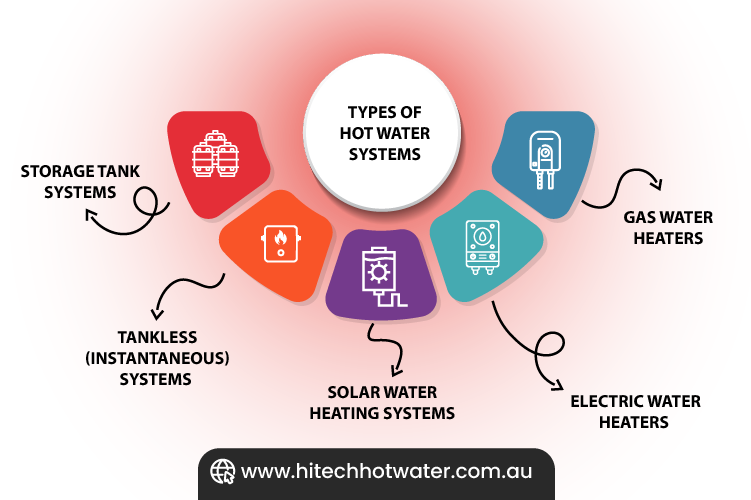
1. Storage Tank Systems
Issues: Storage tank water heaters often experience temperature fluctuations due to sediment buildup at the bottom of the tank. This reduces heating efficiency and creates cold spots. Inadequate insulation can further lead to heat loss.
Impact: Sediment accumulation and poor insulation force the heater to overwork, leading to energy inefficiency and inconsistent water temperatures. Over time, this results in higher energy bills and potential damage to the system.
2. Tankless (Instantaneous) Systems
Issues: Tankless water heaters rely on heating water as it flows through the unit, which makes them highly susceptible to temperature dips when multiple taps are used simultaneously. Low flow rates or sudden demand spikes often cause water temperature issues.
Impact: Homeowners may experience a delay in hot water delivery or unexpected cold spurts during usage. These issues can be particularly frustrating in larger households with high simultaneous demand.
3. Solar Water Heating Systems
Issues: Solar water heaters are highly dependent on sunlight, making them prone to fluctuations during cloudy days or in colder climates. Poorly maintained solar panels and incorrect system sizing can worsen these problems.
Impact: Without proper backup heating, users face inconsistent hot water supply during bad weather or peak usage. This reduces the system's reliability and makes it unsuitable for households with fluctuating water demands.
4. Electric Water Heaters
Issues: Electric water heaters can experience temperature issues due to faulty thermostats or heating elements. Power supply inconsistencies may also contribute to erratic water temperatures.
Impact: Frequent temperature changes in electric water heaters not only disrupt household activities but can also strain the system, leading to higher maintenance costs over time.
5. Gas Water Heaters
Issues: Gas water heaters are prone to temperature fluctuations when burners become clogged or gas pressure is inconsistent. Additionally, improperly adjusted thermostats can lead to erratic performance.
Impact: These problems can result in uneven heating, reduced efficiency, and the inconvenience of unstable hot water temperatures, especially in regions with fluctuating gas supply.
Common External Factors Influencing Temperature Stability
Apart from system-specific issues such as hot water heater temperature fluctuation, external factors like water pressure changes, plumbing layout inefficiencies, and mineral deposits in pipes can contribute to hot water temperature issues.
Seasonal temperature variations also impact the water heating cycle, further complicating stability besides hot water heater temperature fluctuation.
Safety Precautions Before Performing Maintenance
Before addressing any hot water system issues, ensure safety by following these steps:
- Turn off the power or gas supply to the heater.
- Allow the system to cool down completely before inspection or maintenance.
- Wear protective gloves and goggles to prevent injuries.
- Use proper tools to handle components like thermostats and anode rods.
- If unsure, consult a professional to avoid accidents or system damage.
Preventative Maintenance Tips
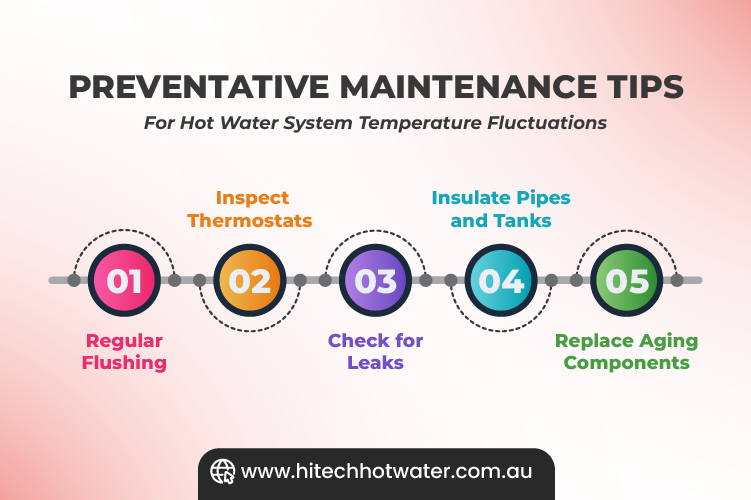
- Regular Flushing: Remove sediment buildup in storage tanks at least once a year.
- Inspect Thermostats: Test and recalibrate thermostats to maintain consistent temperature levels.
- Check for Leaks: Ensure there are no leaks in pipes or connections that could impact water pressure.
- Insulate Pipes and Tanks: Reduce heat loss by using proper insulation for both pipes and the heater.
- Replace Aging Components: Regularly inspect and replace aging components like heating elements and burners to maintain performance.
Why Hot Water Heat Pumps Are the Solution to Temperature Fluctuations
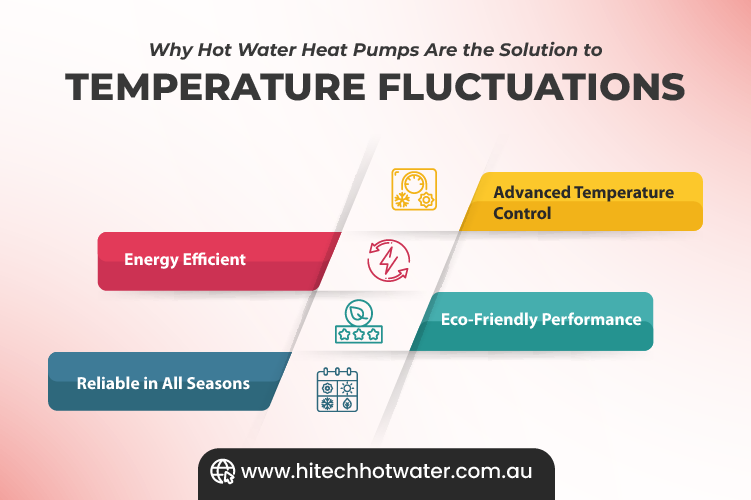
Hot water heat pumps are designed to provide a consistent hot water solution while addressing the common challenges faced by traditional systems. Here's how:
- Advanced Temperature Control: Heat pumps use precise thermostat technology to maintain stable water temperatures, ensuring no cold or hot spurts during usage.
- Energy Efficiency: Heat pumps utilize ambient air to heat water, consuming significantly less energy compared to electric or gas systems. This makes them the most efficient hot water heating system
- Eco-Friendly Performance: With a lower carbon footprint and the ability to integrate with solar PV systems, heat pumps offer a sustainable alternative to traditional water heaters.
- Reliability in All Seasons: Unlike solar water heaters, heat pumps are not weather-dependent, making them a reliable option year-round.
Government-Backed Statistics: Why Heat Pumps Are a Game-Changer
According to the Australian Renewable Energy Agency (ARENA), heat pump water heaters can achieve energy efficiency rates of up to 400%, significantly outperforming traditional gas and electric systems. This means that for every unit of electricity consumed, a heat pump generates four units of heat energy.
Additionally, Sustainability Victoria reports that households using heat pumps can save approximately $500-$800 annually on their energy bills, depending on usage and system size.
As electricity prices continue to rise, these savings are poised to grow, offering both immediate and long-term financial relief to Australian households.
Moreover, government data highlights that replacing an old hot water system with a heat pump can reduce household carbon emissions by up to 65%, making it an environmentally and financially sound investment.
With programs like the Small-scale Renewable Energy Scheme (SRES) and state-based incentives like the Victorian Energy Upgrades (VEU) and NSW Energy Savings Scheme, homeowners can offset installation costs significantly.
However, these rebates are gradually being phased out, emphasizing the urgency for households to make the switch now.
Key Technological Advancements in Heat Pumps
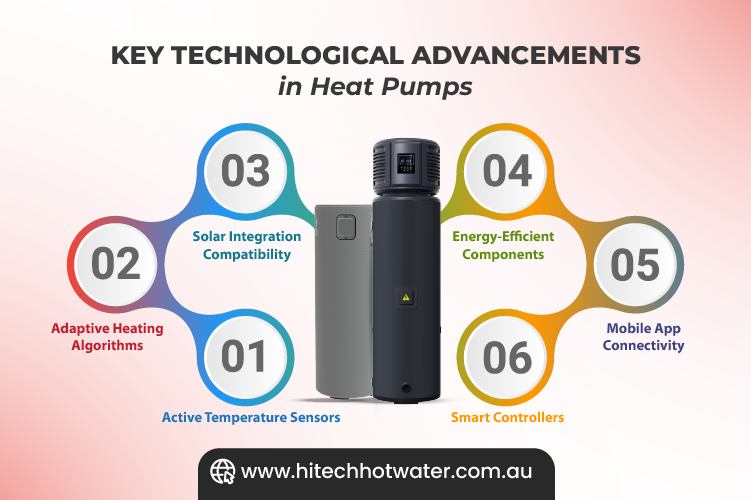
- Active Temperature Sensors: Continuously monitor water temperature to ensure precise heating and prevent fluctuations.
- Adaptive Heating Algorithms: Automatically adjust heating cycles based on usage patterns and external factors, providing consistent hot water.
- Smart Controllers: Enable users to customize settings, including temperature and schedules, for tailored water heating solutions.
- Mobile App Connectivity: Allow remote monitoring and adjustments, offering convenience and better energy management.
- Solar Integration Compatibility: Seamlessly integrate with solar PV systems to use renewable energy for heating, further reducing energy costs.
- Energy-Efficient Components: Designed to minimize energy consumption while maintaining optimal performance.
Rebates Available for Hot Water Heat Pumps
Switching to a heat pump water heater is not just an eco-conscious decision but also a financially rewarding one.
Various rebates and incentives, such as the heat pump hot water rebate under the Small-scale Renewable Energy Scheme (STC) and state-specific programs like the Victorian Energy Upgrades (VEU), can significantly reduce the upfront cost of installation.
For homeowners in New South Wales, the Energy Savings Scheme offers additional support. These incentives make upgrading to a heat pump system both affordable and advantageous.
Extended Lifespan and Durability of Heat Pumps
One of the key advantages of heat pump water heaters over traditional systems is their extended lifespan.
A well-maintained heat pump can last 15-20 years, significantly outliving conventional gas or electric systems, which typically last around 10-12 years. This longevity translates into reduced replacement costs and greater long-term savings for homeowners.
Moreover, the advanced technology used in heat pumps minimizes wear and tear on critical components, ensuring consistent performance.
Investing in a heat pump is not just about solving hot water temperature issues but also about making a future-proof choice that adds value to your home.
Improved Integration with Renewable Energy Systems
Heat pumps are not only the most efficient hot water heating system, but they also integrate seamlessly with renewable energy systems like solar PV panels. By using surplus solar energy to power the heat pump, households can effectively achieve near-zero operational costs for water heating.
This synergy allows homeowners to maximize their solar investment while maintaining a steady supply of hot water.
In areas with time-of-use electricity tariffs, heat pumps can be programmed to operate during off-peak hours, further enhancing savings. This level of adaptability makes heat pumps a standout choice for modern households aiming for energy independence.
Addressing Climate Goals with Heat Pumps
Switching to heat pump water heaters is a proactive step toward reducing greenhouse gas emissions and aligning with national and global climate goals.
According to the International Energy Agency (IEA), water heating accounts for nearly 18% of household energy consumption globally. Heat pumps, with their high energy efficiency and minimal reliance on fossil fuels, can significantly reduce this figure.
For Australian homeowners, transitioning to heat pumps is not just a financial decision but also a commitment to environmental sustainability.
By reducing carbon footprints, households contribute to broader efforts to combat climate change while enjoying reliable and consistent hot water delivery.

Conclusion
Addressing hot water heater temperature fluctuations requires understanding the root cause, performing regular maintenance, and investing in the right system. Among all available options, heat pumps stand out as the ultimate solution, offering reliability, efficiency, and cost savings.
With government rebates still available, there has never been a better time to transition to an energy-efficient hot water system. Upgrade today for a consistent, eco-friendly, and financially beneficial hot water solution!

